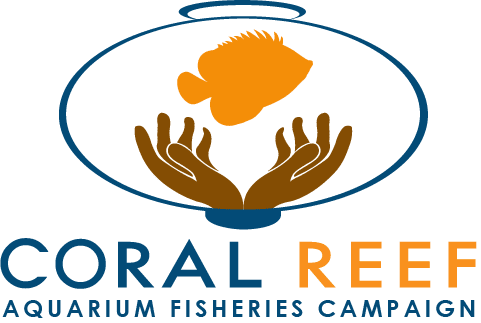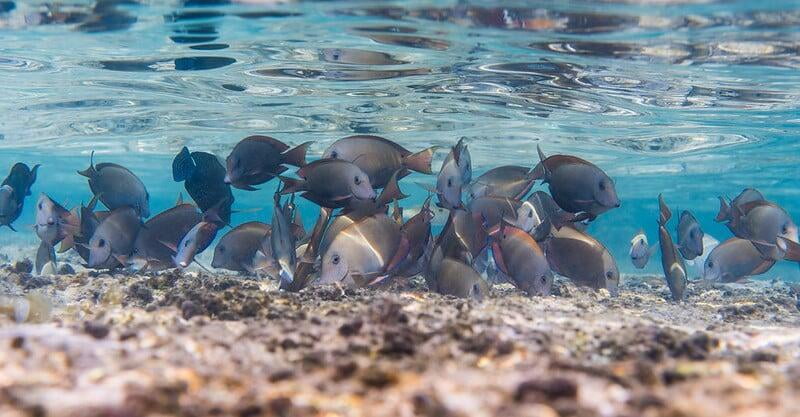Scrapers and Browsers
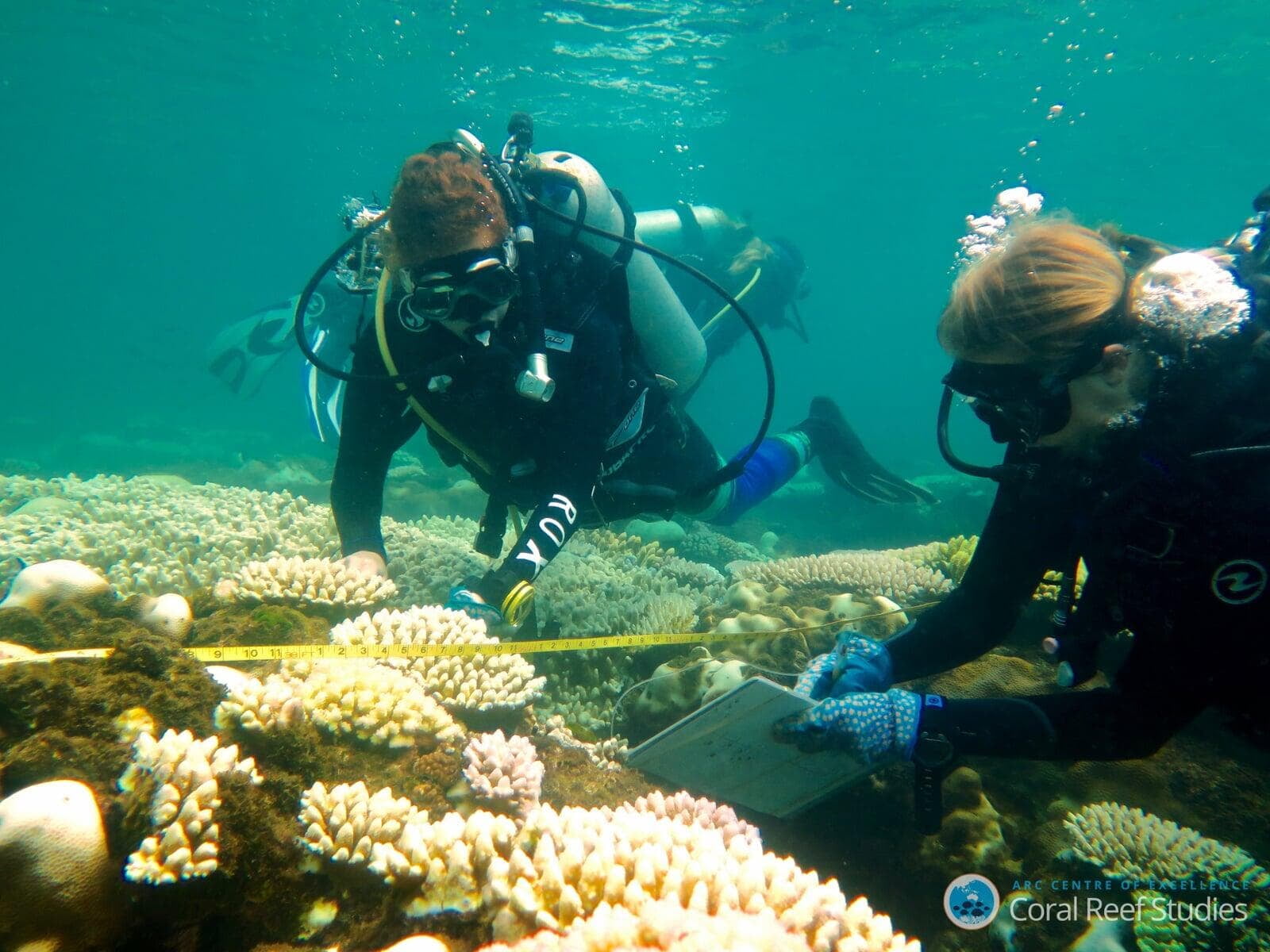
The large-scale coral bleaching events that have occurred this summer in Florida, the Caribbean, and elsewhere around the world as a result of the hottest summer on record have been devastating. Noble efforts by coral restoration programs, fueled by the support of donations from individuals and organizations in the environmental philanthropic community, have tried to stem losses this summer through a variety of means, even going so far as to bring open-ocean aquacultured coral fragments indoors to recirculating systems where temperature can be controlled.
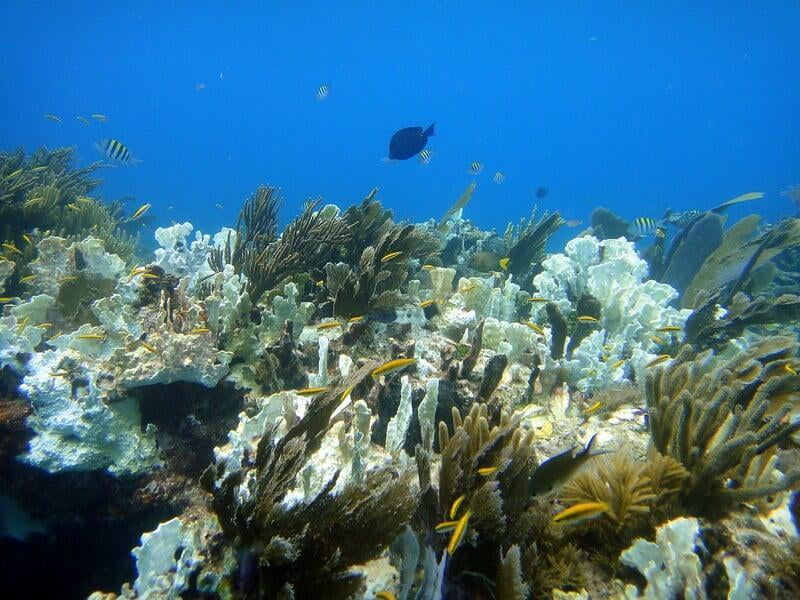
Aside from the focus on nurturing the corals themselves; we, as members of a global society, know that we need to take bold, collective action to stem global climate change. It seems like an insurmountable task; and nations around the world are collaborating to address this global risk to our planet...ever so slowly. In the meantime, it's critical to bolster the resilience of coral reef and other ecosystems to mitigate the ongoing impacts of climate change, like the impacts we've seen this summer.
One important mitigation strategy is to address or ameliorate other threats to coral reef health. There is well-deserved attention exerted by governments and fisheries agencies afforded to the management of large reef fish species fished for food--think snappers and groupers, for example. These fishes serve important ecosystem functions, like large-bodied fish-eating groupers that place top-down controls on community structure by way of their predatory habits. But, for many fisheries management programs around the world...
Often lost in the equation is the recognition of the critical ecosystem services that fishes collected for the aquarium trade provide for coral reef health.
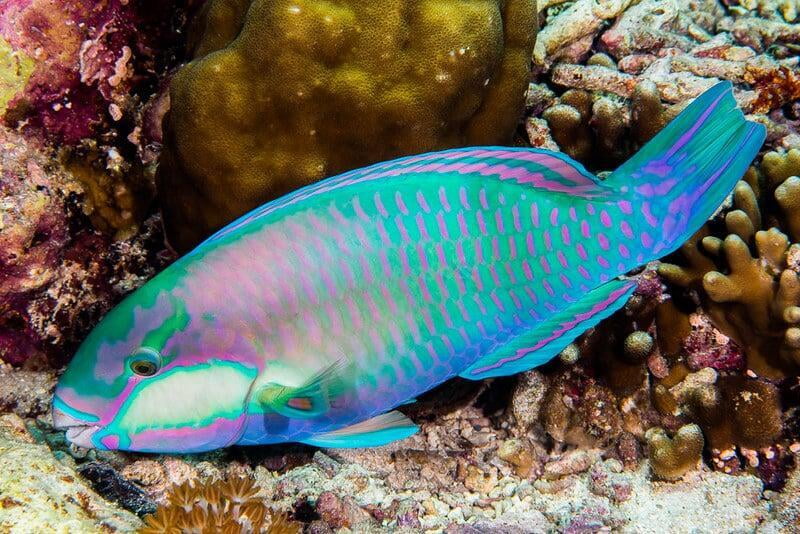
Parrotfishes are a family of fishes with hard beaks, known for their behavior of scraping and scouring reef surfaces for food. On account of their size and stunning coloration, these fishes are a common centerpiece of large reef exhibits featured at public aquaria around the world. On the reefs, they ingest algal turfs, sediment, dead coral tissues and skeletons. They leave behind a freshly cleaned and scoured substrate that becomes prime real estate for crustose coralline algae, an important algae that acts as a "glue" holding coral reef structures together, as well as settling coral larvae, ready to start brand new coral colonies on reefs.
Surgeonfishes and rabbitfishes are famed herbivorous browsers on coral reefs. Many species of both are prized possessions in hobby aquaria around the globe. On the reefs, these fishes prune reefs of seaweed and macroalgae. In so doing, they reduce coral overgrowth and shading by these fleshy algaes.
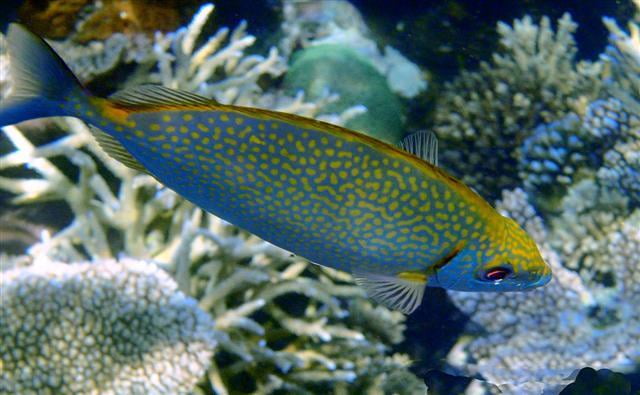
These two guilds of fishes complement each other by pruning different types of algal growth that can threaten coral growth and proliferation. Corals exposed to a heatwave become compromised by stress, making them vulnerable to algal overgrowth. But corals on a reef cohabitated by scrapers and browsers have a better chance of being protected from algal overgrowth. If corals die and patches of reefs become overgrown by algae, reefs have a better chance of getting re-settled by coralline algae and fresh coral larvae when scrapers and browsers have prepared the substrate for their settlement.
